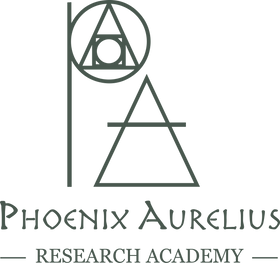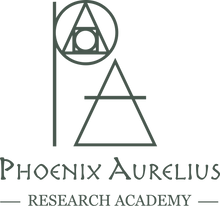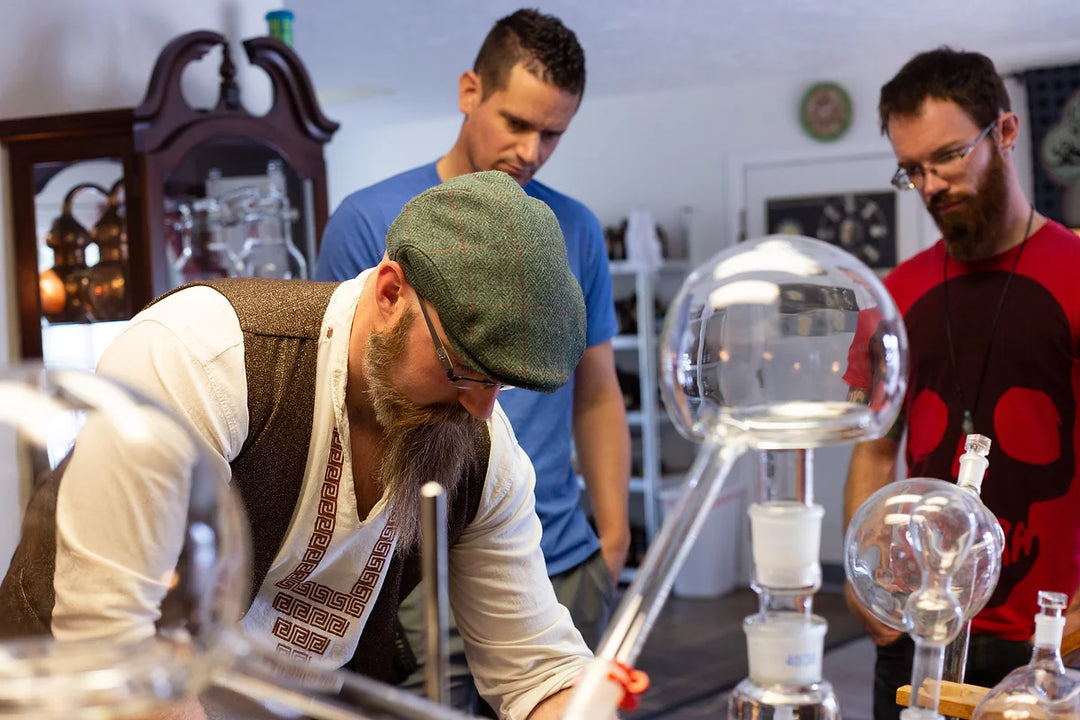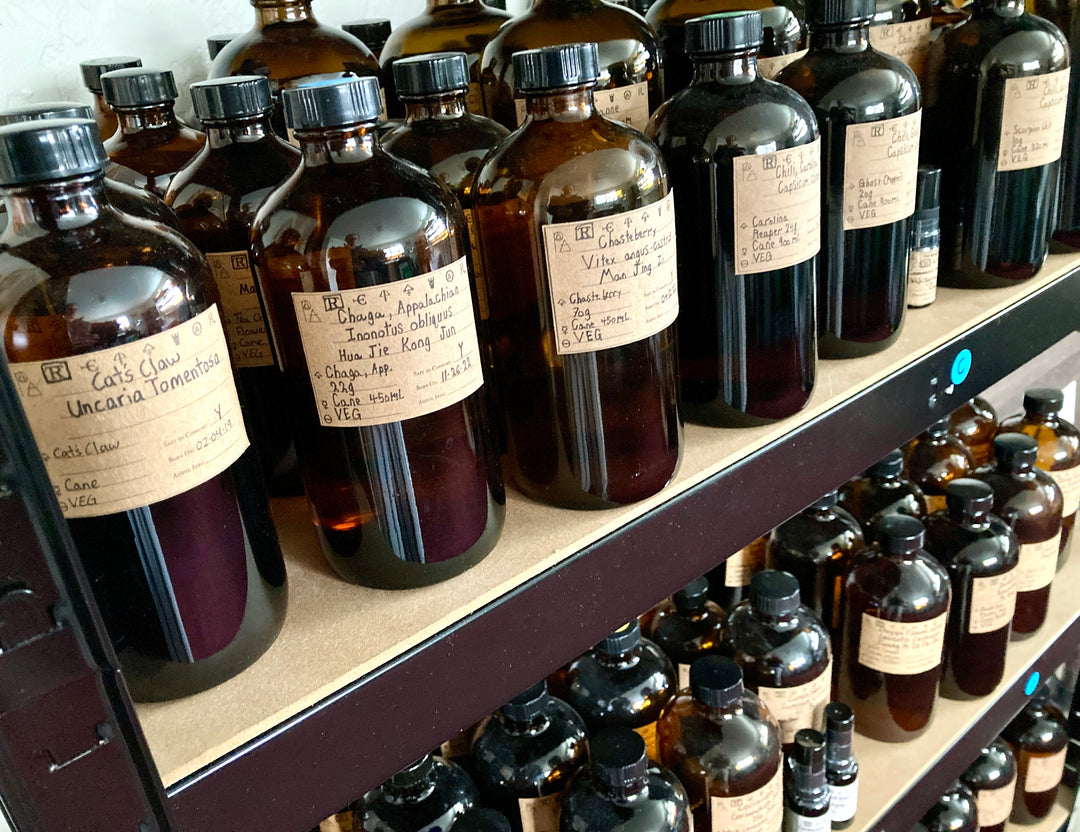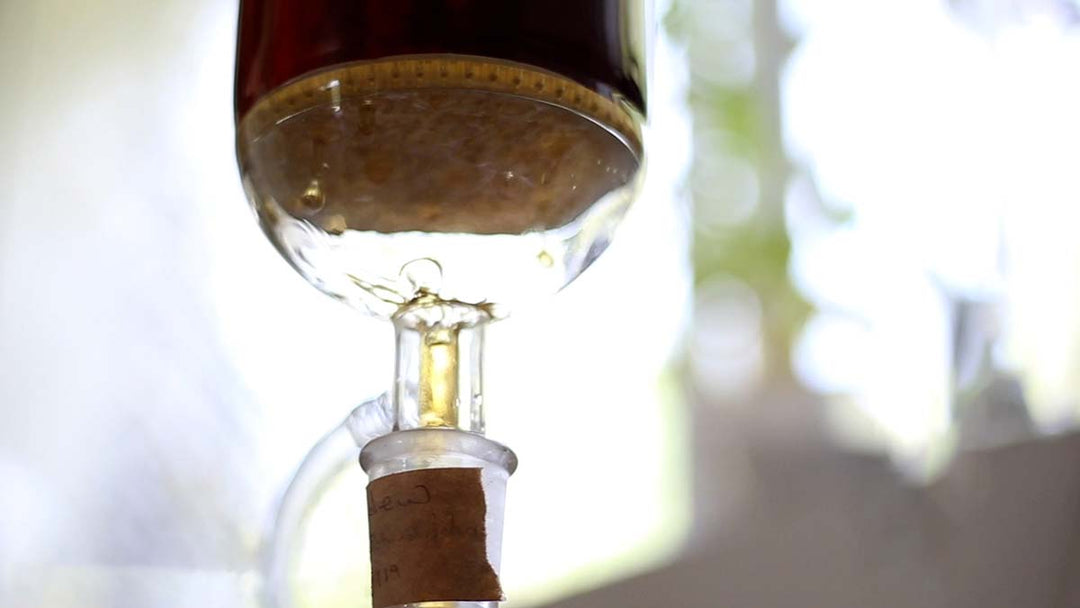One of the most common questions we get asked in regards to purchases from our Spagyric Apothecary is: "How much of this am I supposed to take?" First of all, we're a research facility, not a medical facility and so legally we can't give any specific information outside the scope of what our Research Programs and Services offer. Those are just FDA restrictions placed upon us. Believe me, we hate the restrictions infinitely more than you do, but unless we want to be served, we have to abide by these regulations.
Before visiting this website, many people probably never heard of Spagyria before. And the reason is that aside from a few progressive MD's and ND's in Europe, it hasn't been medically practiced for a few hundred years. Its concepts are just barely surfacing and taking off as our society is becoming aware of the hazards of using synthetic iatrochemistry such as that used by Pharmaceutical companies today. Independent Researchers, Universities, Herbalists, Ethnobotanists, and more are all hot on the trail to determine not IF Spagyrics have value, but WHAT values they possess. By developing a Custom Set of modern standards for Spagyric Production and coupling the products made through those methods with IDF analysis, we are doing our own part in contributing to this research. That said, there has not been any definitive scientific research performed showing what safe and unsafe applications might look like for just about any Spagyric tincture, with the exception of Hemp. Hemp Spagyric Tincture does have published data behind it from an analytical perspective, which is causing more people to naturally inquire about what the process can do to other plants as well.
As our labels say, these products are made exclusively for Spagyric Wellness Research Purposes. We usually start off working with Spagyric Tinctures of any given specimen because we want to see what ethanol and hydro-ethanol solutions can extract from each plant and how those extracts change once they have been bound to a Potassium Ion in the spagyric tincturing process. Only the Spagyric Products that pass our IDF standards get released on the website; we require a minimum of 400 in General Vitality, and 85% or higher in energetic purity, purity of inert filler, energetic imbalances, + negative energies. That said, just because they are detected "safe" through our IDF technology does not mean that they are safe for everyone in all situations and extreme discretion is always advised.
Though many of our products are made from herbs and substances to be found in the GRAS list [Generally Recognized As Safe], not all of the herbs in our catalogue have enough data to determine safety or efficacy and some are conventionally known to be hazardous if ingested. We suggest looking at WebMD.com or RxList.com and looking at their entries for each herb a Spagyric Product is made with and checking the Side Effects tab and Contraindications tab to determine if that product is suitable for you or not. For all products made with herbs on the FDA's GRAS list , unless Otherwise Specified by a Wellness/Medical Professional or Spagyric Compatibility + Application Analysis, 3-10 drops (1-3 sprays) sublingually once daily is recommended until you know how that Spagyric Tincture interacts with you.
The items in our Apothecary made with herbs that are not on the GRAS list may not be safe, may have severe side effects, or may have severe reactions or contraindications with other foods, medications, or products. Not enough data yet exists to determine their safety either way. This is why we are performing research on these materials ourselves. Your purchases of our products help fund this research.
None of our research, nor the products we produce, have been evaluated by the FDA. None of the Products in our Apothecary, nor any of the information or research data, is designed to diagnose, treat, cure, or prevent any disease or illness. We make absolutely NO claims about any of our products. They are designed for Research Purposes only.
We Strongly suggest that those who are interested in safety and application research become a member of the National Medical Comprehensive Database to search the Professional Monograph of each herb for any relevant peer-reviewed studies or tests made available to date. This will cover interactions, contraindications, and further data if any such information exists for each herb.
